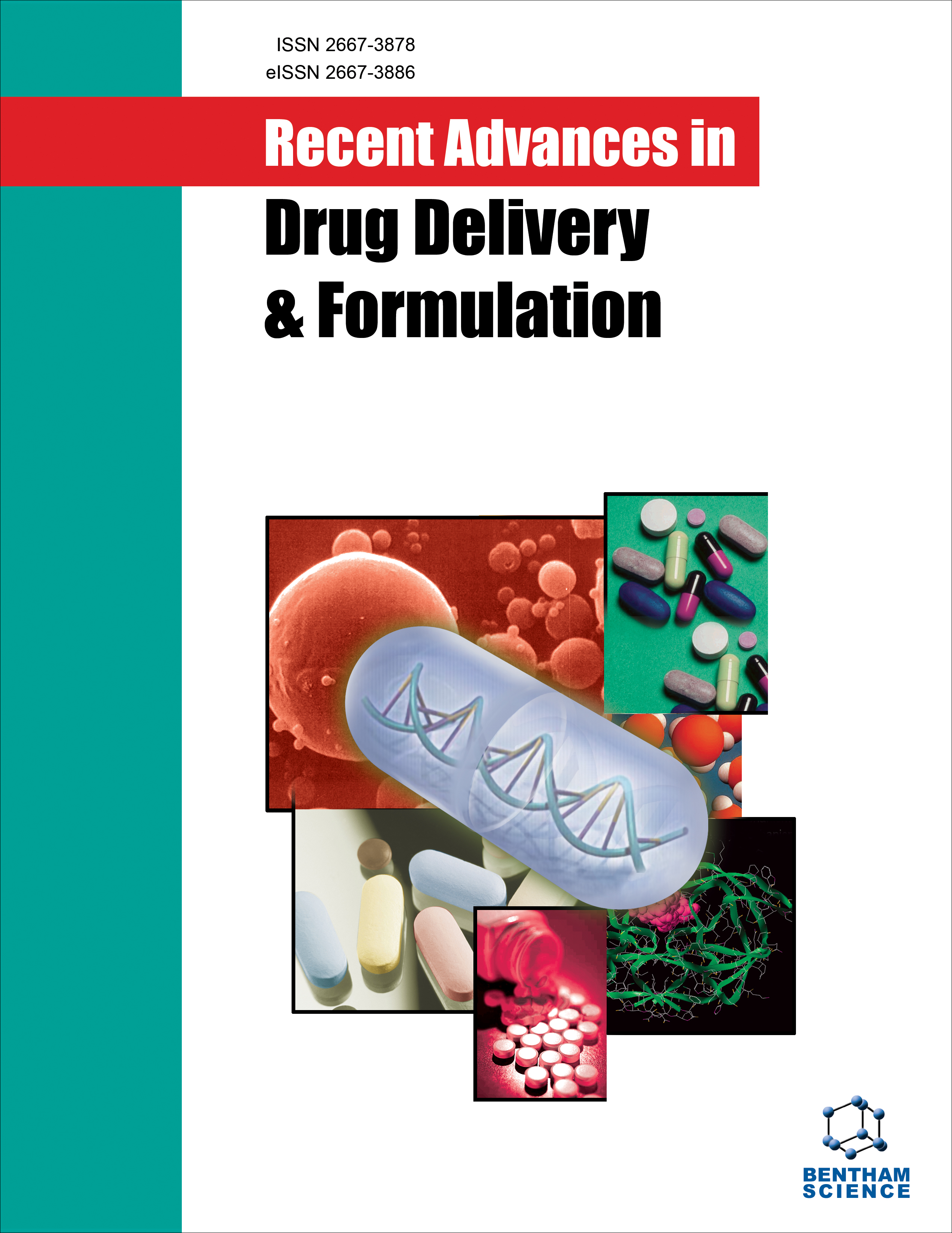
Full text loading...

Azadirachta indica is also referred to as margosa or neem. It is found throughout the Indian subcontinent. Aegle marmelos L. (family: Rutaceae), sometimes referred to as Bael in Hindi, is a crucial food plant in India. The fruit has traditionally been used for the treatment of inflammation, diabetes, respiratory disorders, diarrhea, and dysentery. Aegle marmelos fruits are abundant in coumarins, carotenoids, terpenoids, and flavonoids. The plant referred to as Camellia sinensis, or tea, is part of the Theaceae family and is often grown in tropical and subtropical regions.
Acne is a prolonged inflammatory condition of the skin that has a significant negative influence on patients' quality of life all over the world. Although it is most commonly seen in young people, it may impact people of any age. Herbal anti-acne facewash gels were prepared using Carbopol 934 and extracts from Azadirachta indica, Aegle marmelos L., and Camellia sinensis.
The anti-acne facewash gel formulations were prepared in five different concentrations of 1%, 0.90%, 0.80%, 0.60%, and 0.50%, labeled as F1, F2, F3, F4, and F5, respectively.
The anti-acne properties of the formulations were evaluated. The outcomes demonstrated gels to have an excellent spreading coefficient, a great physical appearance, and be non-irritating. Standard commercial formulations were used to investigate the effectiveness.
Unlike marketed formulations, the developed formulation 3 (F3) demonstrated an excellent spreading coefficient and good % extrudability. It has been shown to be a more potent and effective polyherbal anti-acne facewash gel for treating acne. In recent years, there has been a rise in the patenting of herbal formulations, and several in vitro and in vivo studies have produced scientific proof of their medicinal efficacy. This work discusses many patented herbal compositions and how they might be used therapeutically to treat different diseases.